Athelstane Basebe (1853-1909) and his younger brothers Edgar Allan Basebe (born 1860, St Pancras, London) and Ethelred Basebe (born c1868, Camden Town) were sons of Charles Jones Basebe (1818-1880) a portrait artist and miniature painter.Charles J. Basebe (1818-1880) Charles J. Basebe was born in Sussex in 1818. Charles Basebe had shown artistic talent at an early age and by the time he was 17, he was exhibiting his work in London. Charles J. Basebe became a professional artist and earned his living as a portrait painter in London and Brighton. From 1835 to 1879, Charles J. Basebe exhibited portraits and miniatures at the Society of British Artists and the Royal Academy. C. J. Basebe painted portraits of the upper ranks of society and his sitters comprised of clergymen, wealthy gentlemen and members of the nobility, including Prince Albert, Queen Victoria's consort. However, Basebe achieved more public notice as a painter of cricketers. In the 1840s, C. J. Basebe produced a number of full-length portraits of famous bowlers and batsmen, which were later issued as coloured prints. Between 1843 and 1849, Basebe collaborated with William Drummond (born c1811), another portrait painter with links to Sussex, to produce a picture entitled 'A Cricket Match between the Counties of Sussex and Kent, at Brighton'. This panoramic view of an imaginary match at the cricket ground near Brighton's St. Peter's Church, features around seventy individual portraits of famous cricketers and well known "Patrons of the Noble Game of Cricket". All the portraits were "taken from life by Mr W. Drummond and Mr C. J. Basebe" over a period of years and the picture of "The Cricket Match" was eventually published in 1849 as a hand-coloured print (together with a key to the portraits) by William Henry Goodburn Mason (1810-1879), a printseller of King's Road Brighton. ( A few years later, William Henry Goodburn Mason was to play an important role in the early history of photography by allowing Hennah & Kent to establish their Talbotype Portrait Gallery at his Repository of Arts at 108 King's Road, Brighton).Charles J. Basebe and his wife Caroline (born c1821, Bayswater, London), produced at least 9 children, a number of whom became artists and photographers. Their eldest son Charles Edward Basebe (born c1846, St Pancras, London) worked as a portrait painter in London and Bristol. Athelstane Basebe (born 1853, Camden Town) became a portrait painter and a photographer, operating photographic studios in London, East Grinstead, Hemel Hempstead and Watford. Harold Ernest Basebe (born 1857, St Pancras, London) was primarily a watercolour artist, but he briefly worked as a photographer in Worthing in the early 1890s. Edgar Allan Basebe (born 1860, St Pancras, London) became a photographer in Cambridgeshire and from 1901 to 1910 was a partner in the firm of Mason & Basebe, a photographic portrait studio in Market Street, Cambridge. Ethelred Basebe (aka Bertram Basebe), who was born in Camden Town early in 1868, was the youngest son of Charles and Caroline Basebe and worked as a photographer in East Grinstead and Worthing before moving to Watford where he was employed as a photographic artist in the early 1900s. Charles J. Basebe died in Islington on 22nd January,1880, leaving property worth less than £300 to his widow Mrs Caroline Basebe. For the remainder of her life, Mrs Basebe was supported by her children and over the next 25 years she shared her life with her sons, who took turns caring for her. Mrs Caroline Basebe died in 1905 at the age of 84 at Cambridge, where Edgar Basebe worked as a photographic artist. |
[ABOVE] 'A Cricket Match between the Counties of Sussex and Kent, at Brighton' by William Drummond and Charles J. Basebe , engraved by George Henry Phillips (1849).
[ABOVE] The famous Sussex cricketer Thomas Box (1808-1876), probably drawn by Charles J. Basebe and published as a coloured print by W. H. Mason of Brighton in 1844. |
Basebe & Sons - Artists & Photographers of Hertford and London
| There is evidence that Charles J. Basebe and his two eldest sons, Charles Edward Basebe (born c1846) and Athelstane Basebe (born 1853) operated photographic portrait studios in Hertford and London in the early 1870s. Carte-de-visite portraits dating from around 1872 carry the following details "BASEBE & SONS, ARTISTS & PHOTOGRAPHERS, FORE STREET, HERTFORD AND LONDON". |
|
[ABOVE] A carte-de-visite portrait by Basebe & Sons of Fore Street, Hertford (c1872) |
[ABOVE] The trade plate of Basebe & Sons of Fore Street, Hertford. |
 [ABOVE] A carte-de-visite portrait by Basebe & Sons of Fore Street, Hertford. |

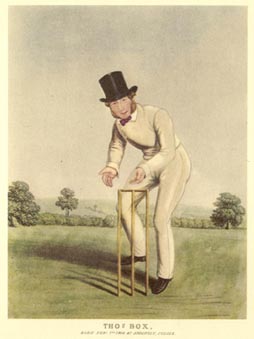

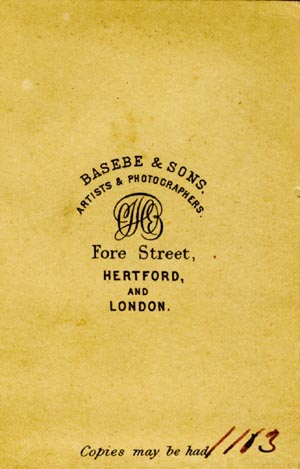



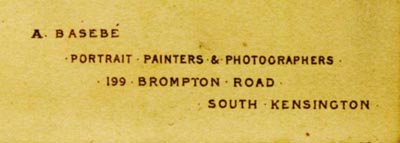
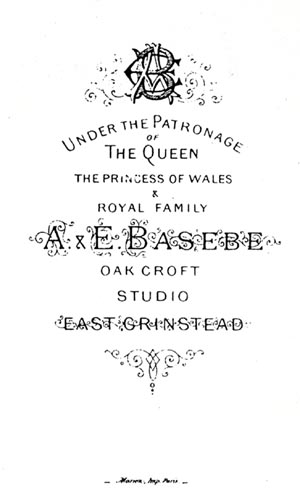

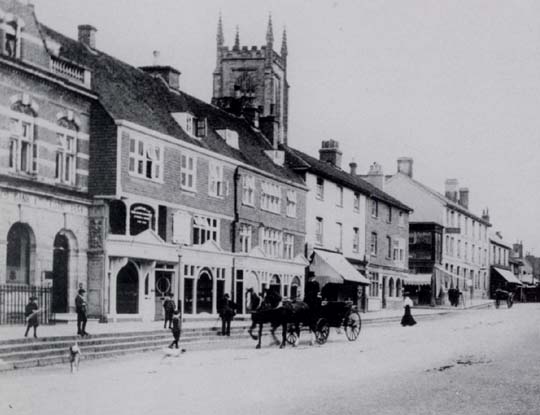
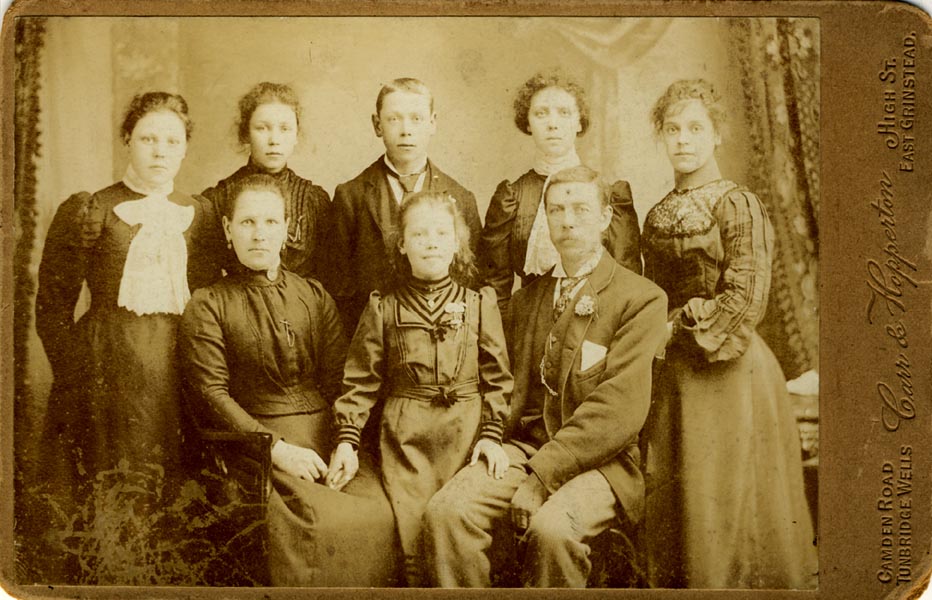
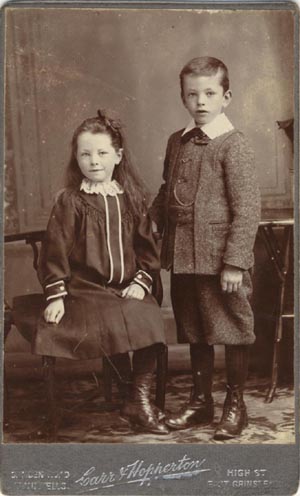
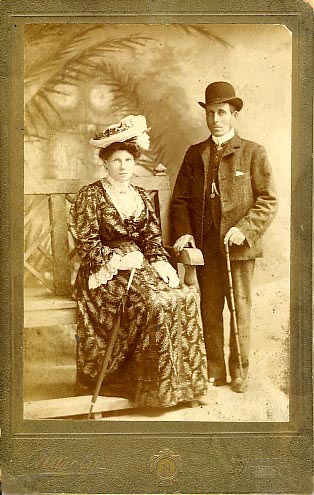
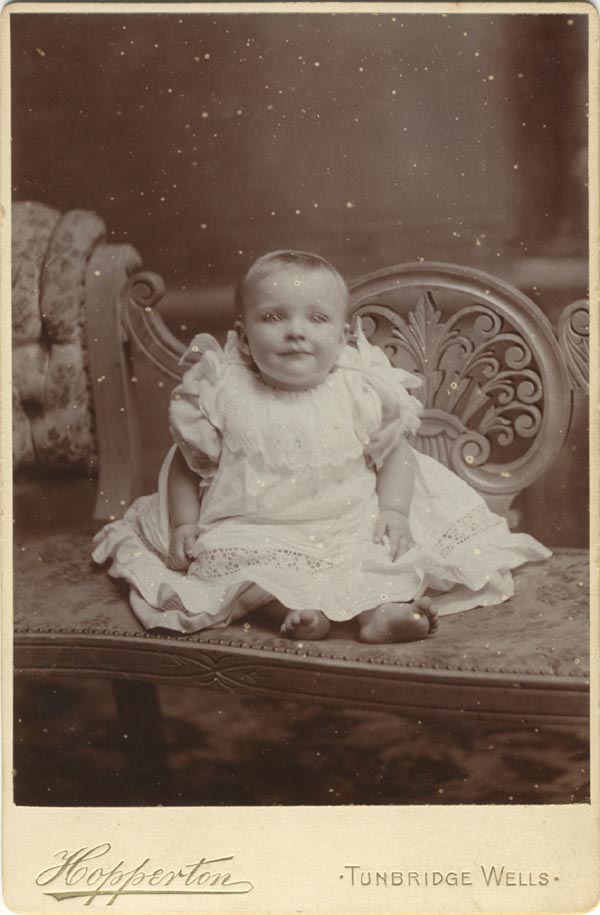
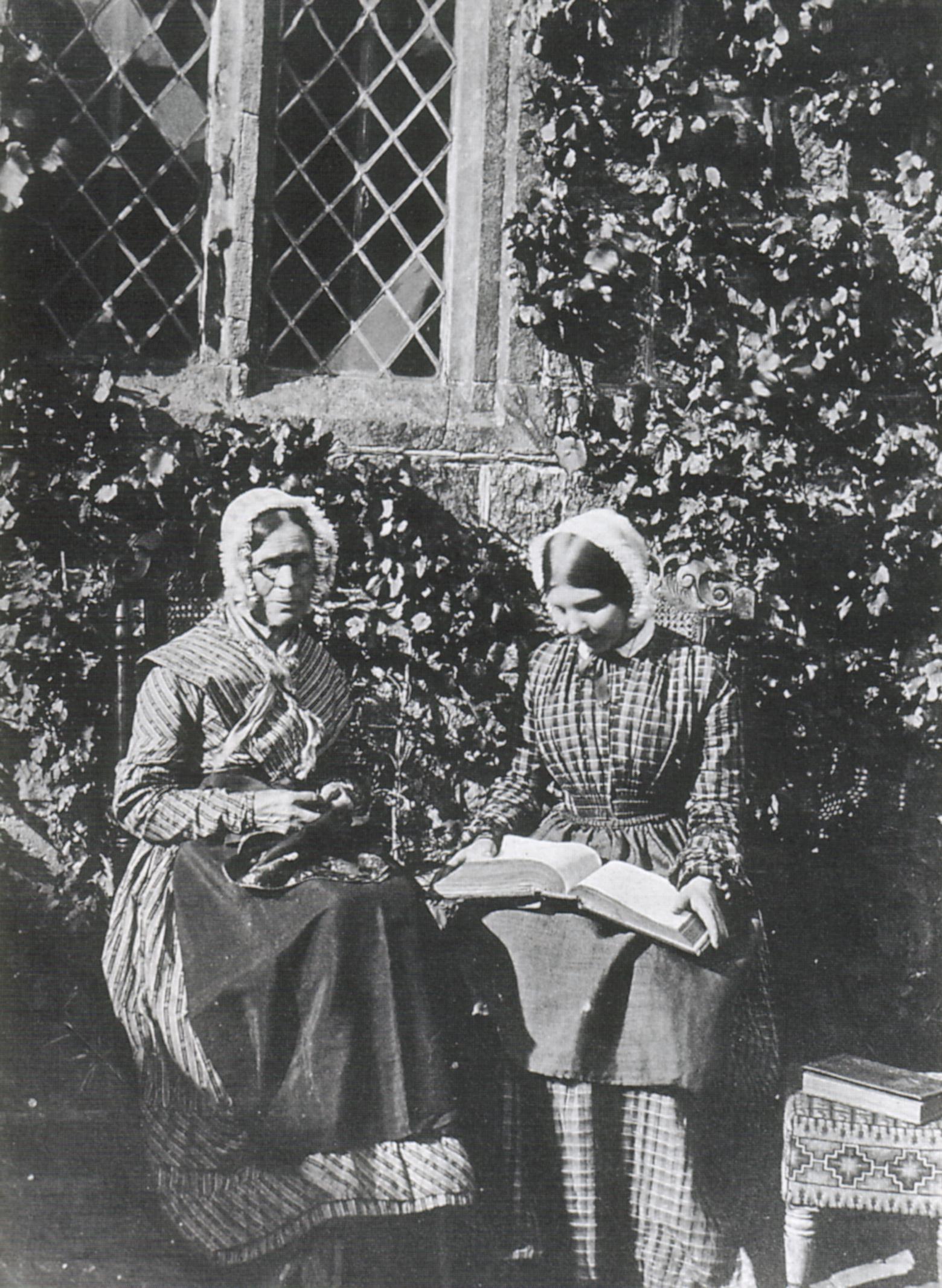
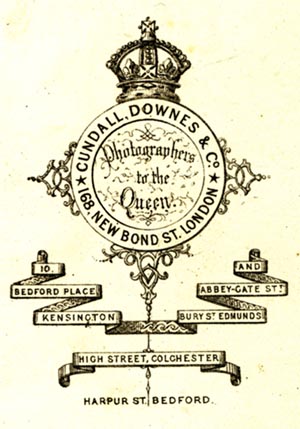
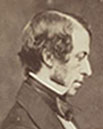 Philip Henry Delamotte
was the son of Mary and William Alfred Delamotte (1775-1863), an
artist who mainly produced architectural and landscape drawings and
paintings. Philip Henry Delamotte was born on 21st April 1821 at Sandhurst
Military Academy, Berkshire, where his father was employed as a drawing
master. Philip Delamotte became an artist like his father and he was
eventually appointed Professor of Drawing and Fine Art at Kings College,
London.
Philip Henry Delamotte
was the son of Mary and William Alfred Delamotte (1775-1863), an
artist who mainly produced architectural and landscape drawings and
paintings. Philip Henry Delamotte was born on 21st April 1821 at Sandhurst
Military Academy, Berkshire, where his father was employed as a drawing
master. Philip Delamotte became an artist like his father and he was
eventually appointed Professor of Drawing and Fine Art at Kings College,
London.
